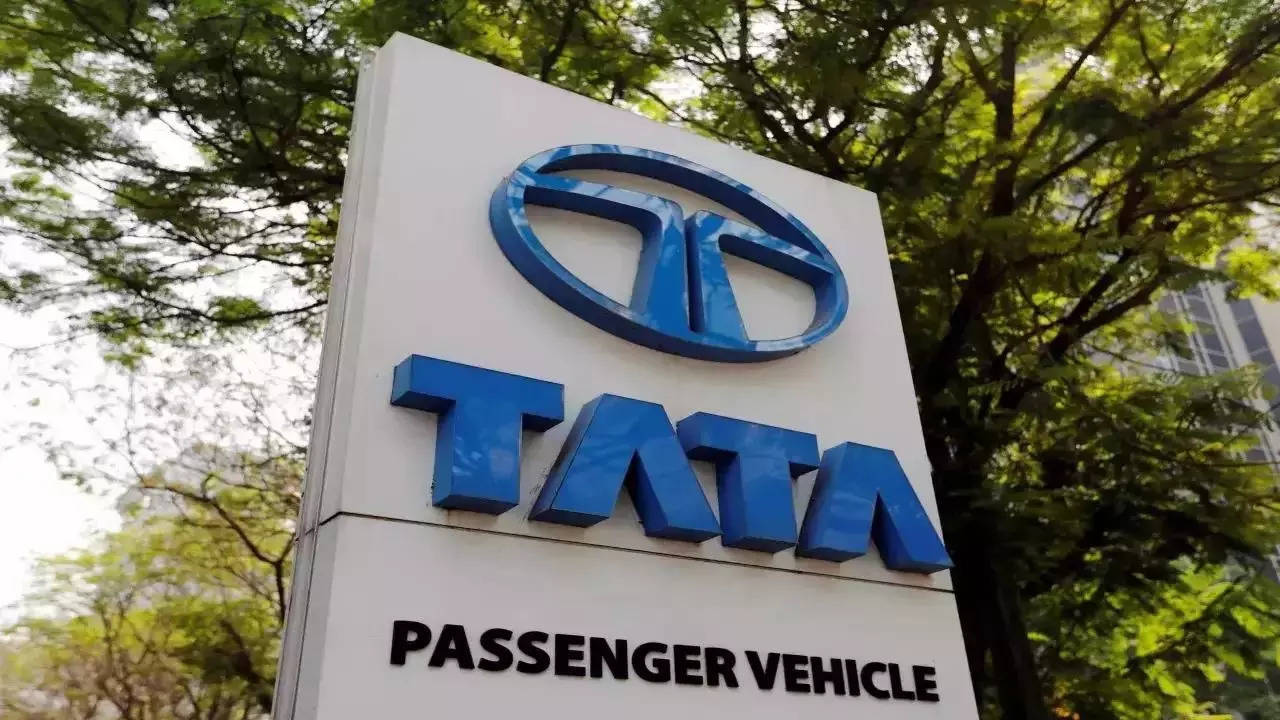On a global scale, Tata Motors now sits among industry giants.Tesla Inc. secures top position in the automotive sector with a market capitalization of $711.19 billion, followed by Toyota Motors at $307.50 billion and BYD Company at $92.65 billion.
Other companies in the top tier include Ferrari NV ($74.02 billion), Mercedes-Benz Group ($71.26 billion), Porsche ($68.29 billion), BMW AG ($59.54 billion), Volkswagen AG ($58.18 billion), and Honda Motor Co. ($56.12 billion).
Tata Motors’ rise to the top ten has seen it surpass several major global players, including Stellantis NV ($50.64 billion), General Motors ($49.74 billion), Maruti Suzuki India ($48.36 billion), Mahindra & Mahindra ($43.41 billion), Ford Motor Co. ($43.1 billion), Hyundai Motor ($37.88 billion), and KIA Corp ($32.29 billion).
Top 10 most valuable automobile companies in the world by market cap
Source: Bloomberg
Remarkable turnaround for Tata Motors
Tata Motors currently dominates the Indian electric car market, holding over 60 percent of the share. In FY23 alone, the company sold 64,217 electric cars, marking a 66 percent increase from the previous financial year.
To solidify its leading position, Tata Motors has set ambitious goals, including creating synergy between electric vehicles (EVs) and rooftop solar (RTS). The company plans to cross-promote RTS and EVs, with the aim of increasing the percentage of Tata EV users with RTS to 50 percent by the end of the decade, up from the current 10-15 percent.
By the decade’s end, Tata Motors aims to further strengthen its market share in the CNG and EV segments through the introduction of new products like the iCNG Nexon and the launch of 10 new EV models by FY26.
The company is also working on the Avinya, a premium pure EV, in collaboration with Jaguar Land Rover (JLR), leveraging a shared EMA platform to accelerate its entry into this segment. Agratas, another subsidiary, is focusing on enhancing battery security and cost advantages, which are expected to provide a key competitive edge.
Tata Motors’ 3Es plan
Tata Motors is relying on its “3Es” strategy—Expansion, EV Ecosystem, and EV Channel—to drive sales and support the electrification of India. The company plans to introduce new products like the Tata Curvv.ev and Harrier.ev by FY25, followed by the Sierra.ev and Avinya in FY26, all equipped with advanced features and enhanced experiences. Tata Motors is addressing key EV challenges, such as range and technology, by leveraging platforms like Acti.ev and EMA.
To support the growing EV ecosystem in India, Tata Motors has partnered with entities like Tata Power, ChargeZone, HP, Bharat Petroleum, and Shell. These collaborations aim to expand the network of public and community chargers, catering to various use cases. Additionally, Tata Motors plans to expand its presence in key cities, with the goal of opening EV-exclusive channels in 50 cities over the next 24 months.
Strategic moves by Tata Motors
Tata Motors’ recent announcement of a plan to demerge into two entities has been well received by analysts. Post-demerger, the company’s PV business will include the domestic EV segment and JLR, offering investors opportunities in both domestic and global premium markets. As per an ET report, Sharekhan, a leading brokerage firm, believes this move will allow investors to tap into mass-market PV growth and potentially challenge Maruti Suzuki’s dominance in the Indian market.
Also read:|Tracing the legacy of electric vehicles: From the General Motors EV1 to the Hyundai BlueOn


